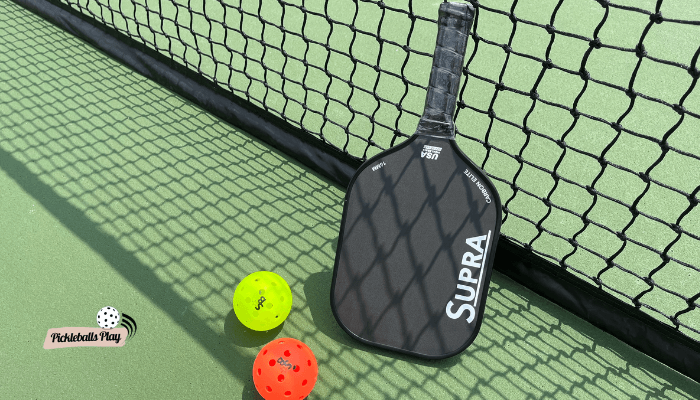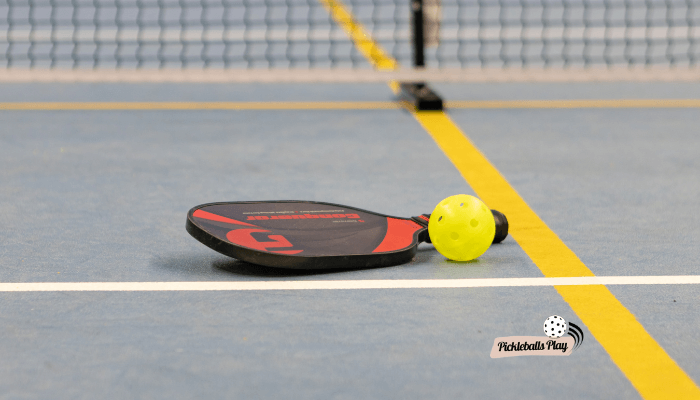Understanding the Strategy of Stacking in Pickleball
Are you looking to take your pickleball game to the next level? Then it’s time to learn about stacking, an advanced strategy that can give you an edge over your opponents!
So let’s dive right in and find out what stacking in pickleball is all about, its benefits, and more…

What is Stacking in Pickleball?
Pickleball stacking is a clever strategy used in doubles play where players don’t stick to the conventional positions on the court. Instead, they position themselves on either side to gain an advantage over their opponents. Normally, pickleball players stand in their quarters on the court, whether serving or returning.
When employing the stacking strategy, two teammates start on the same side of the court at the beginning of a rally, and then move to their traditional positions based on how the rally develops.
When is Stacking Beneficial?
Stacking can be extremely beneficial in the following situations:
- If you play with a partner who uses the opposite hand from you, stack your forehands in the middle of the court to have both forehands on the same side.
- Players with stronger forehands or backhands should stack to keep their dominant shots towards the middle of the court.
- Consider stacking to emphasize a player’s strength or to hide their weakness. For instance, if one player has weak mobility and your opponents are hitting a lot of lobs, stack the player with better mobility towards the middle of the court so they can pursue those shots.
- If you and your partner have a better matchup against the same opponents across the net.
- Changing your strategy and giving your opponents a different look can shift the momentum of a game.
By adjusting to your team’s strengths and weaknesses, stacking provides an advantage as it allows you to exploit your opponent’s weaknesses. Whether it’s based on your own skills or your opponent’s vulnerabilities, stacking can be a game-changer.
However, it’s crucial to be aware of the potential pitfalls of stacking:
- Keeping track of the correct server and receiver can be challenging when using the stacking strategy. Make sure you’re in the right position when serving or returning a serve.
- Mistakenly being in the wrong position can give your opponents an easy point. Stay focused and always know the score when stacking.
- Stacking requires extra movement on the court, which can lead to more unforced errors and easy points for your opponents. Changing sides and moving around increases the likelihood of making mistakes.

Is Pickleball Stacking Legal?
Yes, stacking is completely legal in pickleball! Unlike other sports like table tennis with predefined shots, pickleball has no rule dictating where players can stand during a doubles match, except when serving or receiving. As long as players don’t jump over the net, they have the freedom to position themselves wherever they choose on their side of the court, even in the kitchen.
“You don’t have to stay in your serving positions. Doubles teams that know how to shift positions to make the most of each play will win more matches!”
Conclusion
In conclusion, stacking in pickleball is a powerful strategy that can enhance your game. By utilizing your and your partner’s strengths, as well as capitalizing on your opponent’s weaknesses, you can shift the momentum in your favor. Just remember to stay mindful of the potential risks and always keep track of the score. Now that you’ve learned about stacking, it’s time to hit the court and put this strategy into action!




